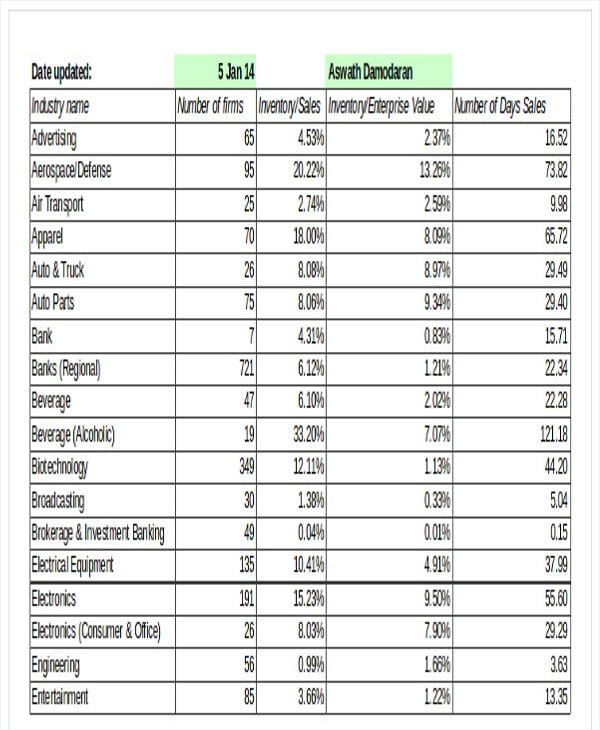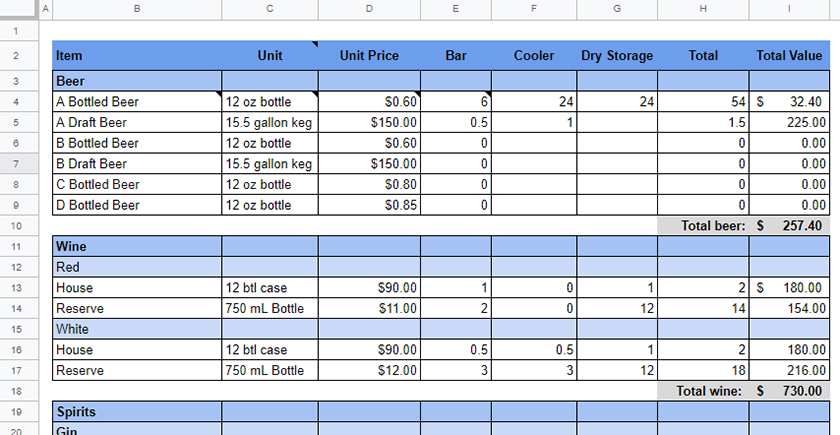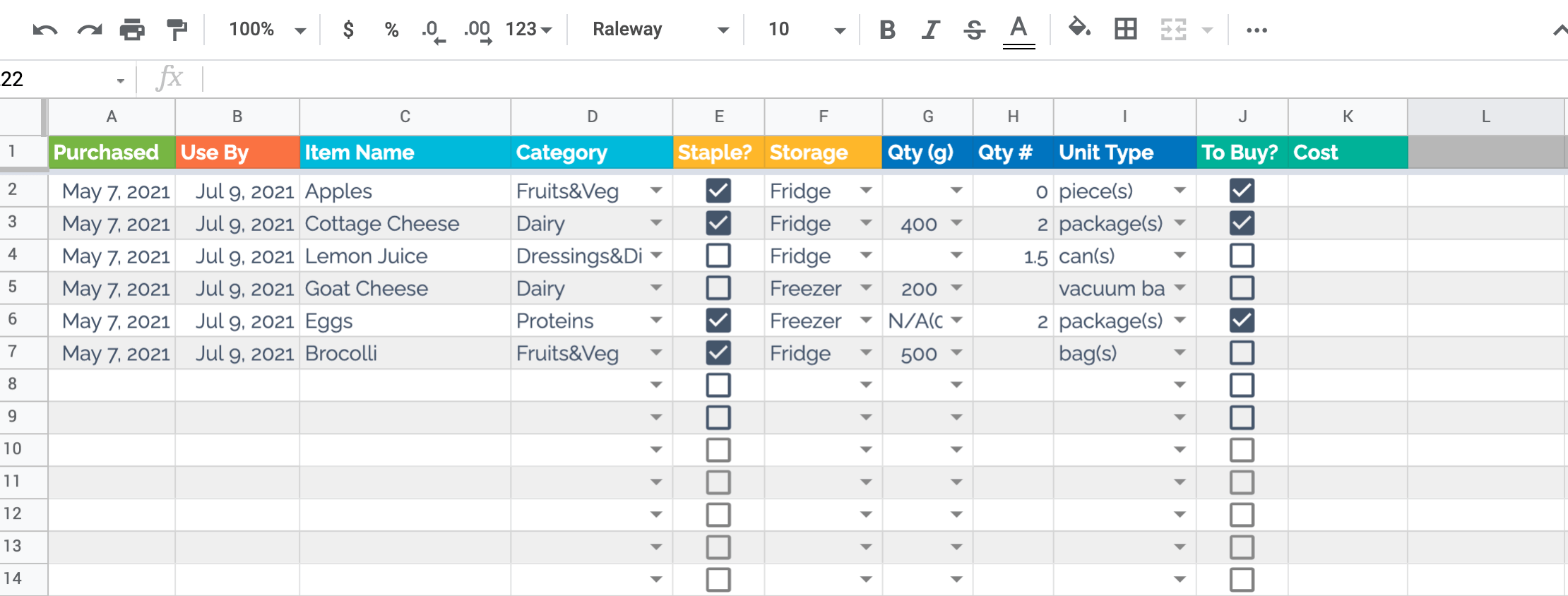
Less shrinkage: By tracking inventory formally and updating the system as items or sold or distributed to other locations, retailers should find that shrinkage naturally diminishes.A system will also help retailers plan purchase decisions based on actual historical sales data and improve the performance of their forecasts. Accuracy: Diligent tracking of stock levels in a system enables users to know exactly how much of each item is in stock, which can get surprisingly difficult to manage without a formal program.Programs eliminate the hassle of counting and keeping track of stock levels, saving time and allowing employees to focus on other tasks that grow the business. Efficiency: If you have ever counted stock levels at the end of the day, week or month, you know what a labor-intensive task it is.Most retailers should expect the following benefits when implementing and using a system properly. Higher volume and multi-location retailers may prefer data to be updated in real time, although they should expect a substantial increase in their investment when evaluating a retail inventory management system.Ī strong inventory control system should improve the retail organization from the bottom up.

These systems will typically need to integrate with POS systems and online shopping carts. These buyers conduct enough “brick and mortar” and online sales to warrant a system that can be managed across multiple channels. They are often interested in more advanced modules for open to buy and merchandise planning. They are looking for a standalone system that can integrate with existing applications without replacing them. These buyers work for larger retailers that have already made substantial investments in existing POS or accounting systems. They are also looking for programs that can tie in POS and possibly accounting or warehouse management. While their needs are conceptually similar to their smaller counterparts, larger retailers will require more robust, scalable programs that can share data across a wide network of locations. These buyers’ needs are typically straightforward and are met by most off-the-shelf POS systems.

Single-store retailers comprise the bulk of this category, but most retailers with fewer than five stores will belong here. We have found that nearly 90 percent of retail buyers fall into one of the following categories: You will want to understand what type of buyer you are before evaluating a retail inventory system. Which type of system you implement will likely depend on your desire for integration with other modules or potentially the size of your company. However, many buyers will choose to implement a program that is part of a suite that may include point of sale (POS), warehouse management (WMS), accounting, ecommerce or customer relationship management (CRM). More advanced systems might include a matrix for tracking items by size, color and style, open to buy modules or integration with purchasing modules to enable automatic generation of purchase orders.īest-of-breed programs such as Fishbowl can be implemented as standalone systems to manage only inventory. Robust systems can help users strike that delicate balance of ordering just enough but not too much.Ĭore features include sorting items by department or type, establishing of thresholds for minimum quantities and alerts when stock levels reach those thresholds. Of course, it is important that retailers don’t order too much of an item and face not being able to sell it all. Having adequate levels of inventory helps users capitalize on sales opportunities. The primary goal for this application is for users to re-order items before they become fully sold out.
MERCHANDISE INVENTORY FOR SMALL BUSINESS SOFTWARE
On the most basic level, stock management software helps users keep accurate count of stock levels.


If you have ever been frustrated by a retailer who has every size of an item in stock but yours, you know the importance and value of having rigorous inventory management in place. What Is Retail Inventory Management Software?


 0 kommentar(er)
0 kommentar(er)
